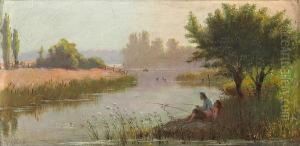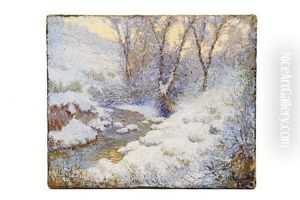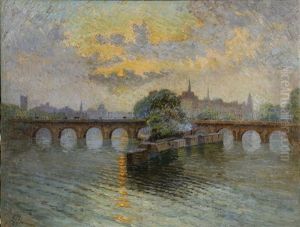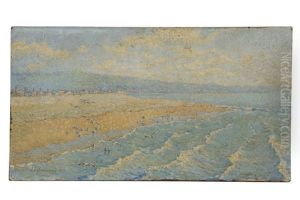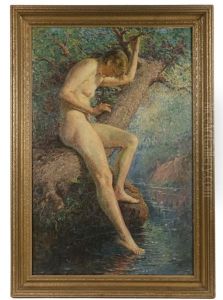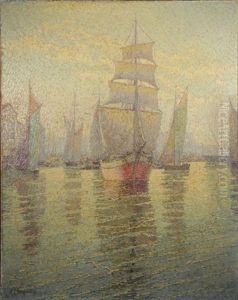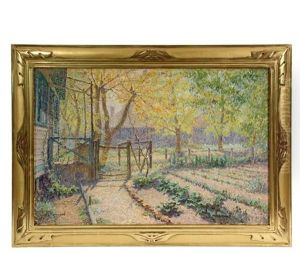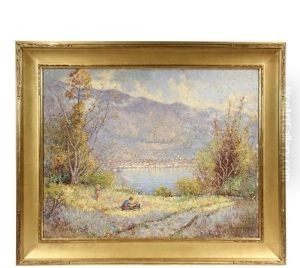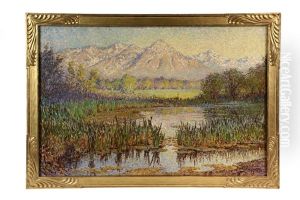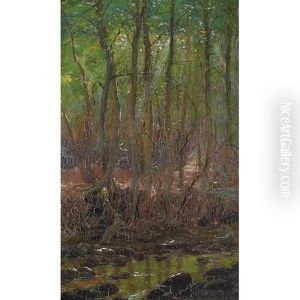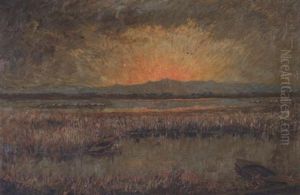James Taylor Harwood Paintings
James Taylor Harwood was an American artist known for his paintings, born on April 8, 1860, in Lehi, Utah Territory. He is most recognized as one of the first Utah-born artists to study art in Paris, which was the center of the art world during the late 19th century. Harwood's early life in the American West provided him with a unique perspective that he would later incorporate into his art.
Harwood demonstrated an interest in art from a young age, and his talents were nurtured by local artists. He initially studied under Utah artist George M. Ottinger and later at the University of Deseret (now the University of Utah) under Danish artist Dan Weggeland. These early experiences were instrumental in shaping his artistic foundations and aspirations. Seeking advanced training, Harwood left for Paris in 1888 to study at the Académie Julian, a private art school popular among international students, where he was taught by notable artists such as William-Adolphe Bouguereau and Tony Robert-Fleury.
During his time in Paris, Harwood was exposed to various art movements and styles, including Impressionism, which influenced his own painting technique. He became adept at both landscape and portrait painting, with a particular emphasis on the effects of light and atmosphere, hallmarks of the Impressionist style. Harwood exhibited his work at the prestigious Paris Salon, receiving honorable mentions in 1890 and 1891, marking him as a significant artist of his time.
Harwood returned to Utah in the 1890s, where he continued to paint, teach, and contribute to the artistic community. He co-founded the Utah Art Institute and was instrumental in establishing the Art Barn in Salt Lake City, which later became the Utah Museum of Fine Arts. Throughout his career, Harwood painted prolifically, capturing the beauty of the Utah landscape and its inhabitants with a sensitive and refined touch.
Harwood's impact extended beyond his canvases; he was a revered teacher and mentor to many young artists. He taught at the University of Utah and later at the Harwood Art School, which he established with his wife, fellow artist Harriet Richards Harwood. James Taylor Harwood's legacy is one of artistic excellence and dedication to the development of the arts in Utah. He passed away on October 2, 1940, but his work continues to be celebrated and exhibited, offering viewers a glimpse into the rich artistic heritage of the American West.
